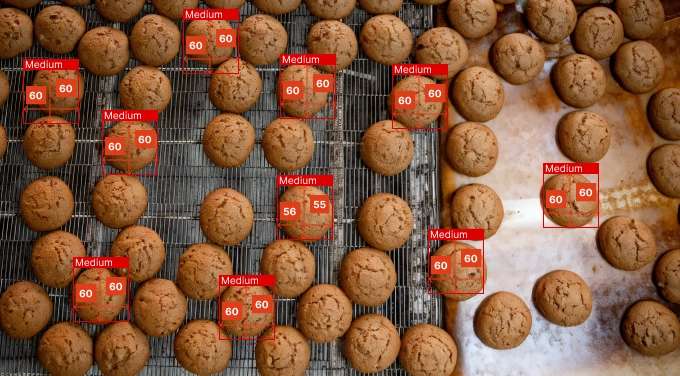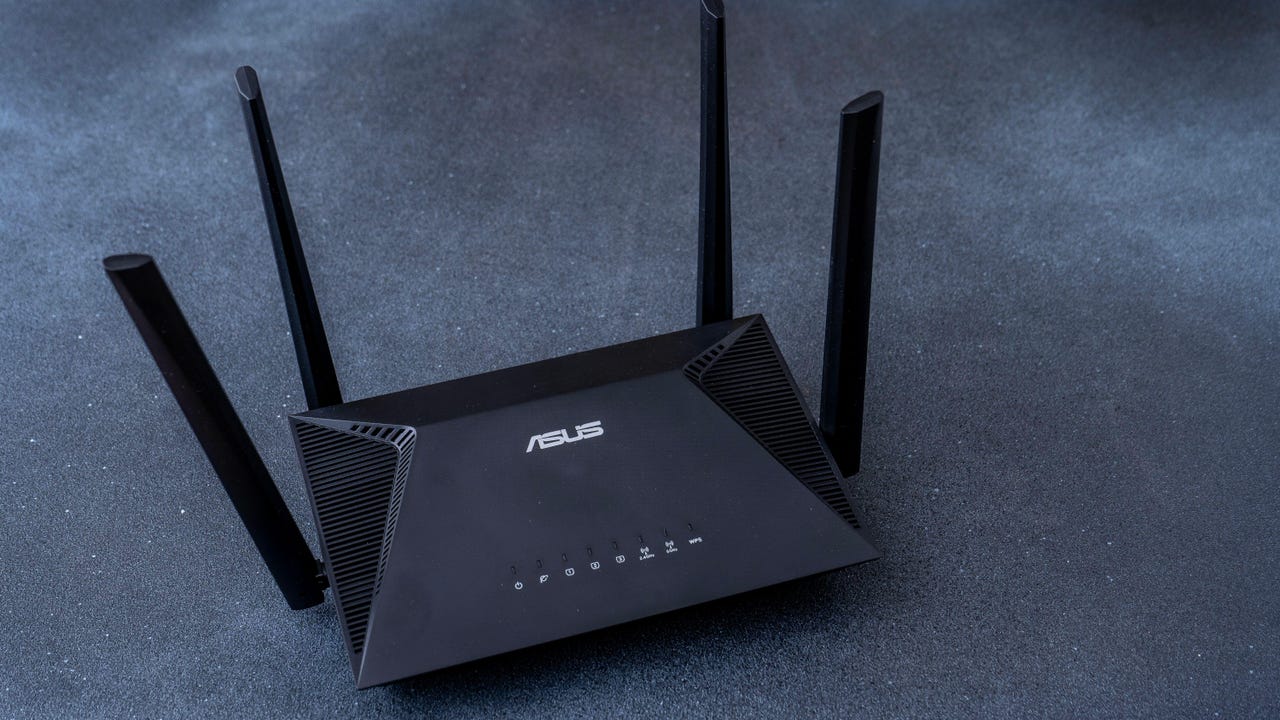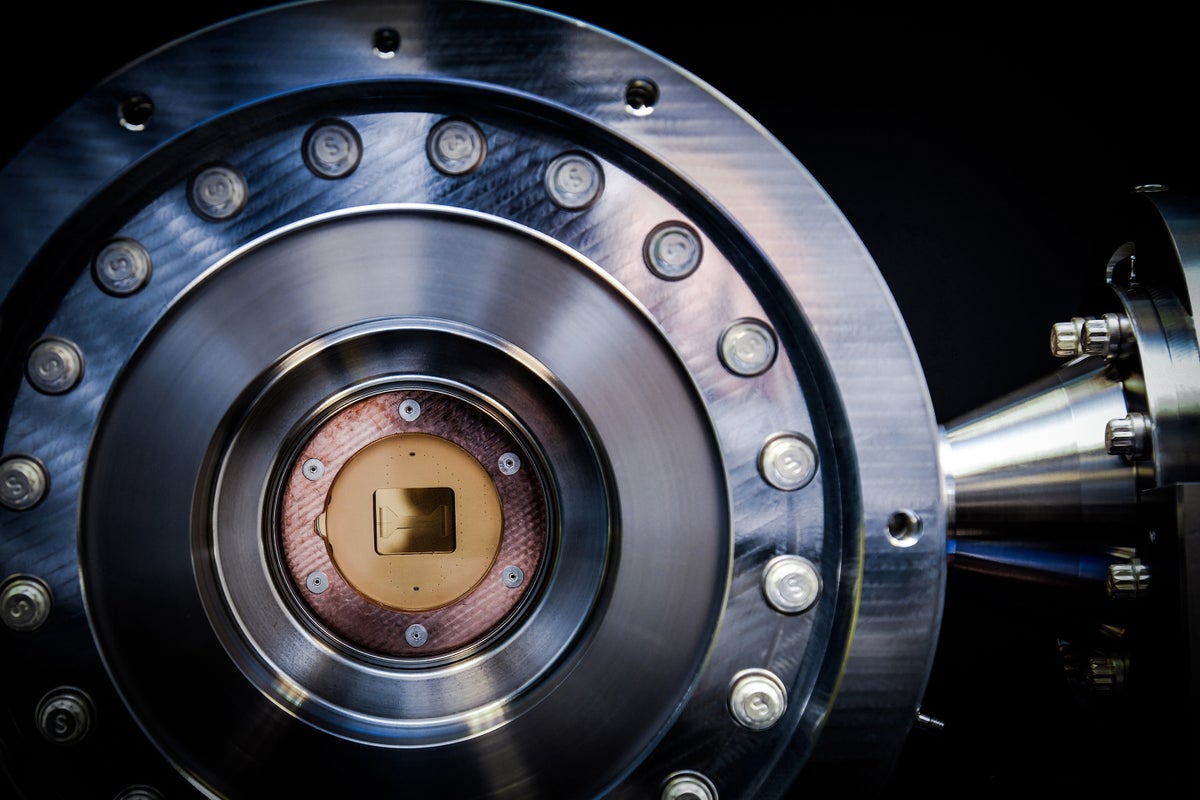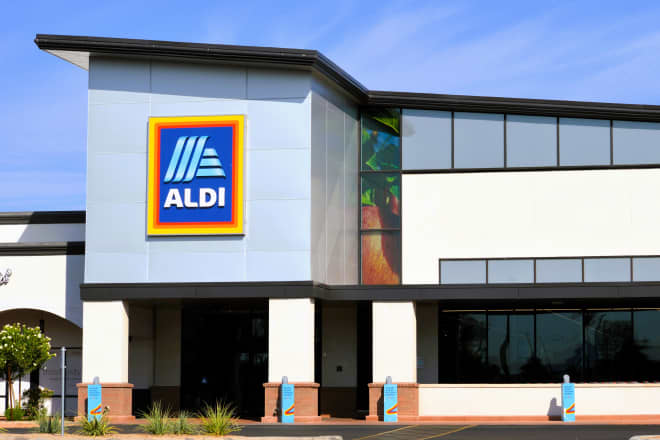Why AI-Powered Biscuit Dimension Detection is a Game-Changer in Food Manufacturing
The popular saying “Quality over Quantity” is no joke—especially in the food industry. Even biscuit manufacturing industries follow this principle when it comes to product circulation. With consumers and social influencers becoming more vocal and detailed about the products they use, it is essential to ensure that every item is thoroughly quality-checked before reaching the market. In biscuit production, maintaining consistent size and shape is crucial. Even a slight deviation in ingredient proportions, dough texture, or baking time can compromise the final product’s dimensions, directly affecting packaging efficiency and consumer satisfaction. That’s why biscuit manufacturers are increasingly turning to computer vision solutions for accurate quality control and streamlined production processes. Faced with customer complaints and stringent compliance standards, many top manufacturers are implementing AI video analytics software to automate and optimize biscuit inspection. In this blog, we explore how AI-powered biscuit dimension detection ensures precision, consistency, and superior quality in manufacturing. The Role of Consistent Dimension Detection in Biscuit Manufacturing One of the key goals in biscuit manufacturing is delivering consistency—not just in taste, but in size and appearance. Meeting consumer expectations while maintaining production efficiency is essential for brand loyalty. This is where biscuit dimension detection using computer vision AI plays a crucial role. The adoption of computer vision for biscuit dimension measurement ensures manufacturers can achieve this consistency with high precision and speed. Let’s explore why consistent biscuit dimensions are vital: - Optimized Production Processes Biscuit dimension inspection helps manufacturers instantly detect inconsistencies in shape or size. This enables them to reduce waste, cut downtime, and improve operational efficiency. A proactive quality control system ultimately leads to lower costs and better productivity. - Regulatory Compliance Government regulations often specify permissible size and weight tolerances for packaged food items. Any deviation can lead to fines or recalls. Dimension detection of biscuits ensures manufacturers comply with these guidelines, safeguarding brand integrity and avoiding penalties. Computer vision in food manufacturing excels in automating real-time compliance, ensuring every biscuit meets required specifications. - Advanced Customer Experience Uniform biscuit size not only pleases the eye but also assures customers of quality and consistency. When consumers receive products that match their expectations, it reinforces trust in the brand. Delivering a visually appealing experience is crucial in today’s competitive landscape. - Efficient Packaging & Protection Using computer vision in manufacturing ensures uniform biscuit dimensions, which facilitates accurate packaging. This reduces material waste, enables proper sealing, and lowers the risk of breakage. In turn, it boosts packaging efficiency and enhances product shelf life. How Does Computer Vision Biscuit Dimension Detection Work? The application of computer vision-powered biscuit inspection relies on advanced algorithms and high-quality image processing techniques. Here’s a step-by-step look at how the system operates: - Expert Image Acquisition High-resolution cameras are strategically installed along the production line to capture multiple-angle images of biscuits in real-time. This allows for comprehensive dimensional analysis regardless of the speed or layout of the production setup. - Image Preprocessing Captured images are processed using intelligent algorithms to enhance clarity. This step is crucial in dealing with complex biscuit shapes and fluctuating lighting conditions. Image preprocessing helps isolate individual biscuits from the background, enabling precise measurements. - Precise Dimensional Feature Extraction AI algorithms extract critical data such as length, width, height, and more. These algorithms can be trained to recognize unique characteristics of various biscuit types. The result is highly accurate and customized measurements for different products. - Intelligent Comparison with Standards Using predefined quality control parameters, the system compares each biscuit’s dimensions against accepted ranges. This flexibility allows manufacturers to adapt quickly to new product specs while maintaining uniformity and quality. - Real-Time Automated Rejection Any biscuit that doesn’t meet the required specifications is automatically flagged and rejected. The real-time rejection mechanism eliminates human error and ensures that only high-quality products proceed to packaging. The entire system is powered by an integrated setup of high-resolution cameras and AI video analytics software. These AI models can detect defects on the biscuit surface, triggering a rejection mechanism the moment a


The popular saying “Quality over Quantity” is no joke—especially in the food industry. Even biscuit manufacturing industries follow this principle when it comes to product circulation. With consumers and social influencers becoming more vocal and detailed about the products they use, it is essential to ensure that every item is thoroughly quality-checked before reaching the market.
In biscuit production, maintaining consistent size and shape is crucial. Even a slight deviation in ingredient proportions, dough texture, or baking time can compromise the final product’s dimensions, directly affecting packaging efficiency and consumer satisfaction. That’s why biscuit manufacturers are increasingly turning to computer vision solutions for accurate quality control and streamlined production processes.
Faced with customer complaints and stringent compliance standards, many top manufacturers are implementing AI video analytics software to automate and optimize biscuit inspection. In this blog, we explore how AI-powered biscuit dimension detection ensures precision, consistency, and superior quality in manufacturing.
The Role of Consistent Dimension Detection in Biscuit Manufacturing
One of the key goals in biscuit manufacturing is delivering consistency—not just in taste, but in size and appearance. Meeting consumer expectations while maintaining production efficiency is essential for brand loyalty. This is where biscuit dimension detection using computer vision AI plays a crucial role. The adoption of computer vision for biscuit dimension measurement ensures manufacturers can achieve this consistency with high precision and speed.
Let’s explore why consistent biscuit dimensions are vital:
- Optimized Production Processes
Biscuit dimension inspection helps manufacturers instantly detect inconsistencies in shape or size. This enables them to reduce waste, cut downtime, and improve operational efficiency. A proactive quality control system ultimately leads to lower costs and better productivity.
- Regulatory Compliance
Government regulations often specify permissible size and weight tolerances for packaged food items. Any deviation can lead to fines or recalls. Dimension detection of biscuits ensures manufacturers comply with these guidelines, safeguarding brand integrity and avoiding penalties. Computer vision in food manufacturing excels in automating real-time compliance, ensuring every biscuit meets required specifications.
- Advanced Customer Experience
Uniform biscuit size not only pleases the eye but also assures customers of quality and consistency. When consumers receive products that match their expectations, it reinforces trust in the brand. Delivering a visually appealing experience is crucial in today’s competitive landscape.
- Efficient Packaging & Protection
Using computer vision in manufacturing ensures uniform biscuit dimensions, which facilitates accurate packaging. This reduces material waste, enables proper sealing, and lowers the risk of breakage. In turn, it boosts packaging efficiency and enhances product shelf life.
How Does Computer Vision Biscuit Dimension Detection Work?
The application of computer vision-powered biscuit inspection relies on advanced algorithms and high-quality image processing techniques. Here’s a step-by-step look at how the system operates:
- Expert Image Acquisition
High-resolution cameras are strategically installed along the production line to capture multiple-angle images of biscuits in real-time. This allows for comprehensive dimensional analysis regardless of the speed or layout of the production setup.
- Image Preprocessing
Captured images are processed using intelligent algorithms to enhance clarity. This step is crucial in dealing with complex biscuit shapes and fluctuating lighting conditions. Image preprocessing helps isolate individual biscuits from the background, enabling precise measurements.
- Precise Dimensional Feature Extraction
AI algorithms extract critical data such as length, width, height, and more. These algorithms can be trained to recognize unique characteristics of various biscuit types. The result is highly accurate and customized measurements for different products.
- Intelligent Comparison with Standards
Using predefined quality control parameters, the system compares each biscuit’s dimensions against accepted ranges. This flexibility allows manufacturers to adapt quickly to new product specs while maintaining uniformity and quality.
- Real-Time Automated Rejection
Any biscuit that doesn’t meet the required specifications is automatically flagged and rejected. The real-time rejection mechanism eliminates human error and ensures that only high-quality products proceed to packaging.
The entire system is powered by an integrated setup of high-resolution cameras and AI video analytics software. These AI models can detect defects on the biscuit surface, triggering a rejection mechanism the moment a fault is identified. This automation allows for real-time adjustments, enhancing both speed and accuracy in the manufacturing process.
What Are the Benefits of Computer Vision for Biscuit Dimension Measurement?
Incorporating computer vision for biscuit dimension measurement enables manufacturers to respond swiftly to any deviation on the production line. This proactive approach plays a key role in maintaining product integrity.
- Real-Time Monitoring
The system delivers live data on each biscuit’s dimensions, helping to detect and address inconsistencies as they arise. This not only prevents large-scale defects but also eliminates costly rework or recalls.
- Advanced Throughput
With automated biscuit dimension detection, inspection is faster and more accurate than manual methods. The system can handle high volumes efficiently, allowing for quicker production cycles and faster delivery to market.
- Enhanced Accuracy
Unlike manual inspection, which is prone to human error, computer vision systems offer consistent and reliable measurements. The accuracy of these systems helps ensure product uniformity and reduces material and product waste.
Final Thought
In today’s competitive food industry, maintaining brand quality and consumer trust is more important than ever. By leveraging computer vision AI, biscuit manufacturers can improve inspection processes, minimize errors, and enhance customer satisfaction. At the forefront of this innovation, Nextbrain offers cutting-edge solutions for computer vision in defect detection, empowering businesses to achieve operational excellence and brand loyalty.
Whether it’s optimizing packaging, complying with regulations, or simply delivering a flawless biscuit, AI video analytics software is transforming how manufacturers approach quality control.
Want to learn more about biscuit dimension detection and how computer vision can revolutionize your production process? Connect with us at Nextbrain and get started with innovative AI-powered solutions.


















_Tanapong_Sungkaew_via_Alamy.jpg?width=1280&auto=webp&quality=80&disable=upscale#)
















































